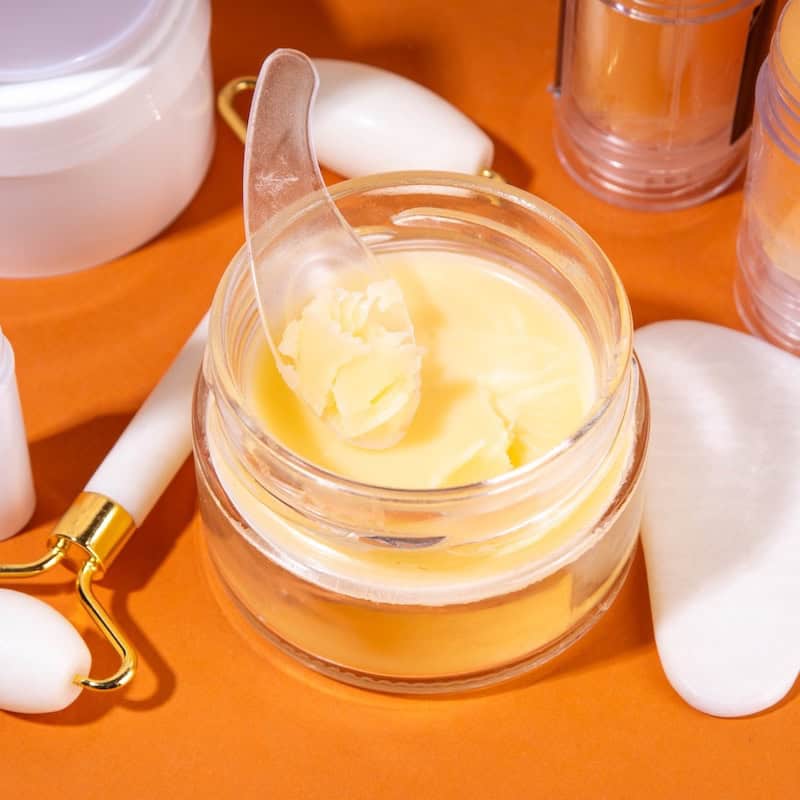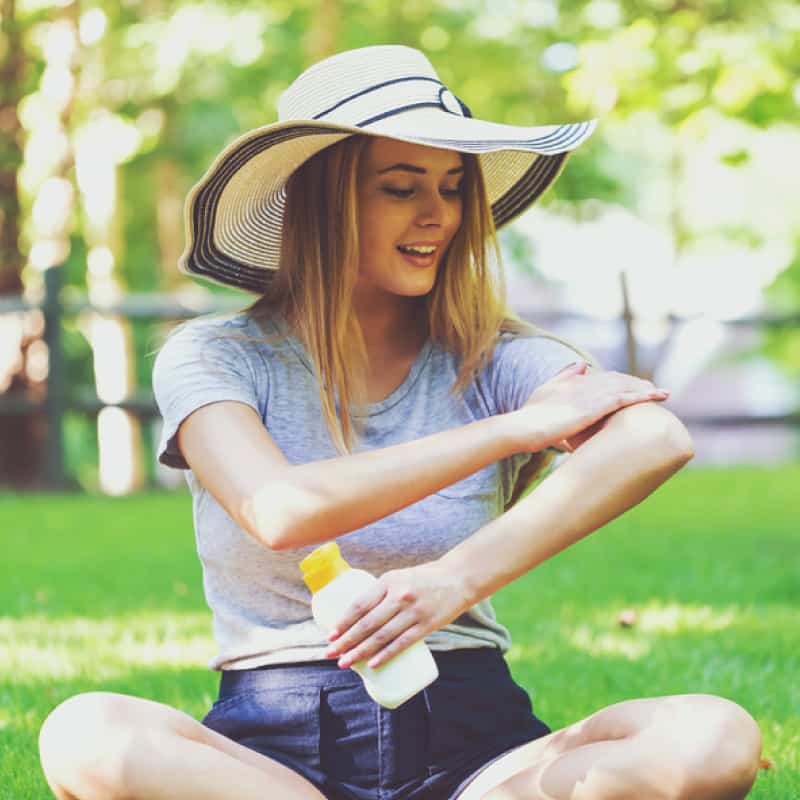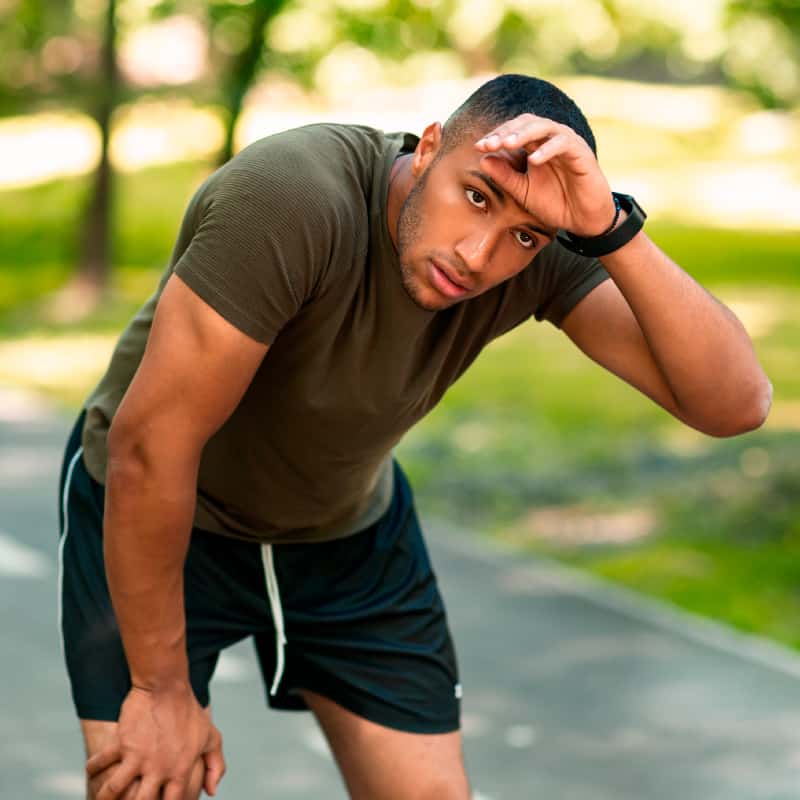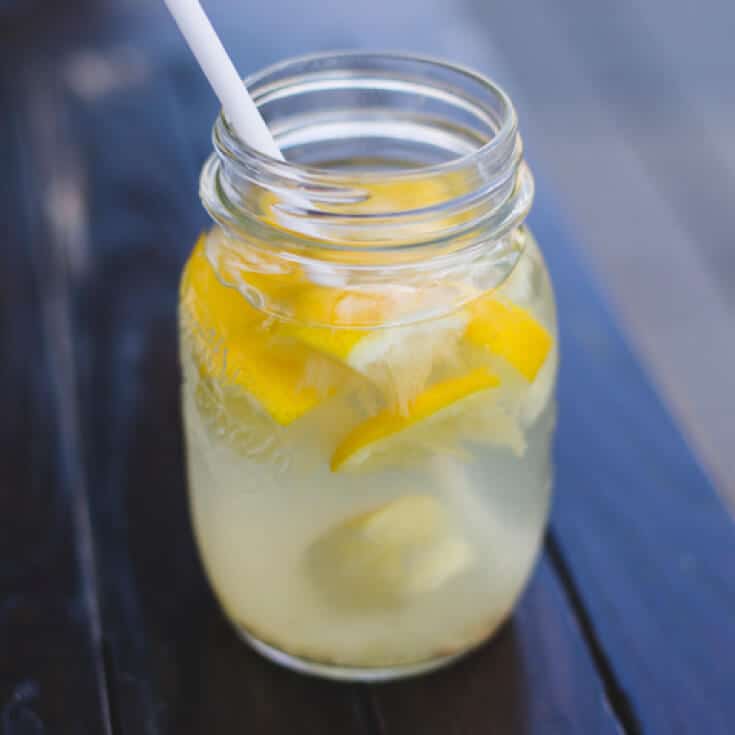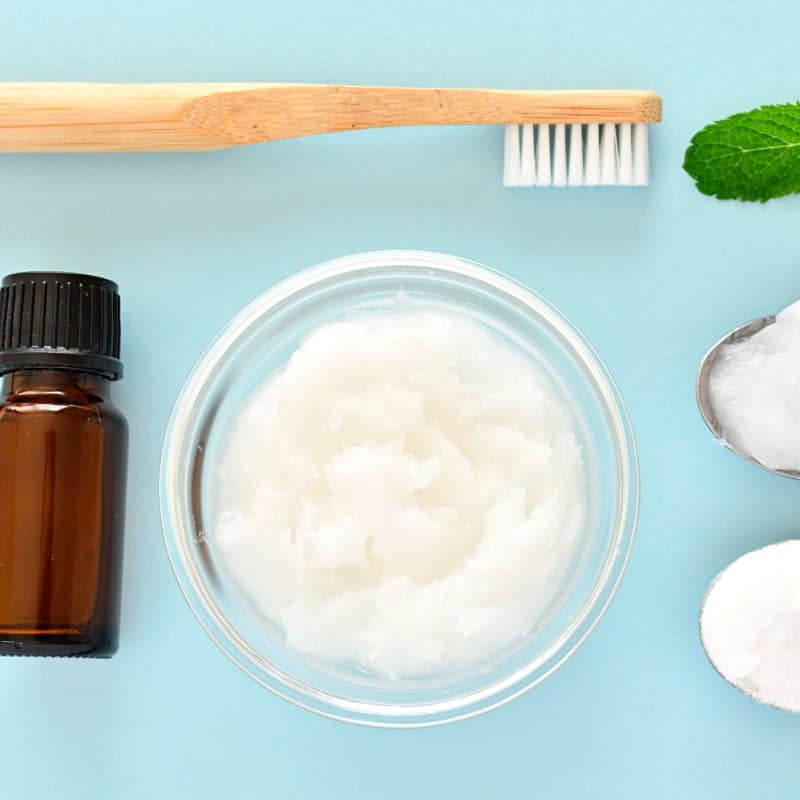This Dr. Axe content is medically reviewed or fact checked to ensure factually accurate information.
With strict editorial sourcing guidelines, we only link to academic research institutions, reputable media sites and, when research is available, medically peer-reviewed studies. Note that the numbers in parentheses (1, 2, etc.) are clickable links to these studies.
The information in our articles is NOT intended to replace a one-on-one relationship with a qualified health care professional and is not intended as medical advice.
This article is based on scientific evidence, written by experts and fact checked by our trained editorial staff. Note that the numbers in parentheses (1, 2, etc.) are clickable links to medically peer-reviewed studies.
Our team includes licensed nutritionists and dietitians, certified health education specialists, as well as certified strength and conditioning specialists, personal trainers and corrective exercise specialists. Our team aims to be not only thorough with its research, but also objective and unbiased.
The information in our articles is NOT intended to replace a one-on-one relationship with a qualified health care professional and is not intended as medical advice.
How to Make Homemade Bubbles
October 1, 2017
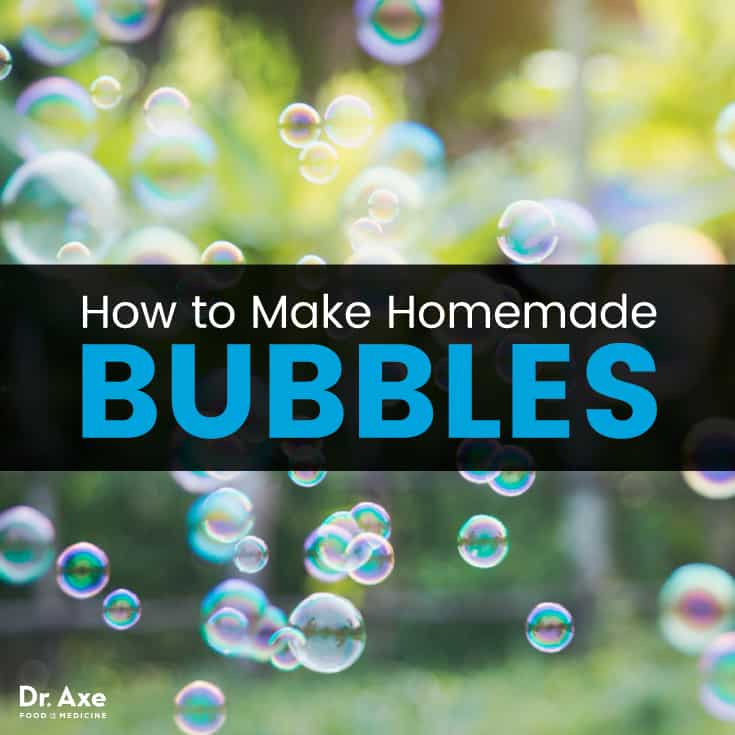
Commercial bubble-blowing solution is cheap and readily available. But as with so many products, it’s not always possible to know exactly what ingredients any given bottle may contain. Since your kids will get bubble solution on their hands, inhale the fumes, and possibly pop bubbles in their faces, you may want to have more control over what they are exposed to.
Recipes for how to make homemade bubbles abound. But the resulting bubble solutions may be no safer than commercial products, since most of the recipes out there recommend using a commercial dish detergent — the more concentrated the better — as the main ingredient. Other than expediency (if you have such a dish detergent on hand), making your own bubble solution from a product that contains any number of questionable components, including fragrances, dyes, preservatives, foaming agents, thickening agents, and even toxic antimicrobials, is hardly an improvement.
Isn’t detergent just another name for soap?
No! While soap and detergent do both help make water “wetter” and turn it into a better cleaning agent, especially for dealing with greasy stuff, they are very different. Soap is a natural product made from animal fats and/or vegetable oils. Detergents are synthetic products. They contain a wide range of synthetic compounds. Some of these compounds have been linked to skin irritation, respiratory problems, developmental and reproductive issues, cancer, and environmental disruption. We’ll stick to soap, thank you. The Environmental Working Group provides a handy guide to help you find a safe dishwashing liquid to buy (and to learn more about what chemicals might be lurking in dish detergents).
How to Make Homemade Bubbles
You can find lots of recipes on the web on how to make homemade bubbles. But don’t be fooled. Even if the ingredients list calls for “dish soap,” what it means is liquid dish detergent. Don’t bother trying to simply substitute real dish soap for dish detergent (or “dish liquid”) in a recipe. If you are using soap, you will need to use more dish soap and/or less water to get a soap solution you can blow bubbles with. You may want to try making my Homemade Dish Soap.
Dish soap does make bubbles, but they are modest, ephemeral things compared to the bodacious, sturdy, chemically-enhanced bubbles that dish detergents like Dawn or Joy produce. Bubble solution made from real soap is never going to produce bubbles the size of your VW Bug or bubbles that land, glistening, on the lawn and persist for 15 minutes before popping. But if lots of happy, healthy little bubbles will do you, then read on to learn how to make homemade bubbles!
Adding glycerin and/or sugar improves the quality of soap-based bubble solution a little, and, with soap, every little bit helps. Glycerin is a natural product you can buy in most drug stores. It’s generally considered to be reasonably safe and is used in foods, cosmetics, lubricants and many other consumer products. We’re not big fans of refined sugar, but adding a bit of granulated sugar (organic, please) to soap bubble solution is OK. An easy recipe detailing how to make homemade bubbles is available at the end of this article.
Helpful Hints on How to Make Homemade Bubbles
- Every brand of liquid dish soap is different, in both concentration and bubble quality. So you may have to experiment a bit to find one that works well for you. As you’re experimenting with how to make homemade bubbles, mix up a small batch and try it yourself before making a huge batch. You can save any batches that don’t work for refilling hand-washing soap dispensers.
- Sometimes a soap bubble solution works better if allowed to sit for a few hours or overnight.
- Soap bubbles sting if they pop in your face and the tiny droplets get in your eyes.
- Real soap bubbles leave very soapy spots when they pop, so save them for outdoor play or bathtub fun … or for when you are about to mop the floor anyway (and skip the soap in the mop bucket).
- Grated, unscented bar soap or soap flakes can be dissolved in hot water and substituted for the liquid dish soap in the recipe. You’ll have to experiment to find out how much to use. And be prepared for surprises. Depending on what oils or fats were used to make the soap — and how concentrated a solution you make — your bubble solution may solidify overnight into a gel. That’s good for cleaning, but not for making bubbles!
Making Your Own Bubble Wands
Once you have perfected the bubble solution, then you need a magic wand to turn it into bubbles! You can use wands that came in bottles of commercial bubble solution or make your own. To make a bubble wand:
- Cut a length of uncoated wire about 12 inches long
- Make a three-quarter-inch to one-inch loop at one end (like a lollypop shape).
- Twist the ends firmly around the main section of the wire so no sharp ends protrude.
- Make a smaller loop at the other end, to help hang onto it when it gets all soapy-slippery.
- If your wire is too flimsy to hold firm when dipping and blowing, twist two or even three 14-inch lengths together first to make a stiffer cable. Then shape that into the proper shape.
- Multi-stranded twisted wire also provides nooks and crannies in the business end to hold more bubble solution than a bare wire or plastic loop.
- To blow clusters of bubbles, twist about 10 inches of two or three 14-inch strands of wire together. Make the big loop out of the untwisted section. Then slide the loops apart a bit so they overlap.
Pipe cleaners are often touted as an easy and readily-available wand material. But the cheap, brightly-colored “chenille stems” sold at dollar stores or chain craft stores are flimsy and loaded with nasty dyes and other toxins you don’t want tiny hands clutching. Plus, in our experience, they seem to interact with soap solution to make it less bubbly. You may have better luck with natural cotton pipe cleaners. These are great for all sorts of other kid-friendly crafts as well.
Tips on Blowing Soap Bubbles
Now that you know how to make homemade bubbles, here are some tips on how to enjoy them!
- Dip the business end of your bubble wand into the bubble solution.
- Hold the loop in front of your face. Blow gently, but firmly, at the film of soap stretched across the loop.
- Once a bubble takes shape on the loop it may detach itself. Plus you can often launch a few small bubbles from a single dip.
- For larger bubbles, you need to blow just a little less firmly to slowly fill a bubble. Then give a gentle sideways movement or flick with the wand to seal the bubble and set it free.
It takes some trial and error to figure out how hard you need to blow to fill a bubble, but not pop it, and how to launch a large bubble. But that’s part of the fun!
A Note on Making Giant Bubbles
With a bit of practice, you can blow lots of 4-inch and even a few 6-inch bubbles with soap bubble solution, but that’s about the upper size limit with soap bubble solution. Giant bubble aficionados rely on the most concentrated, bubbliest dish detergent (not soap) they can find. Then they add a polymer of some sort to make the bubbles even more durable. One polymer that works well with detergents is the all-natural product guar gum. But don’t get too excited. Unfortunately, when mixed with real soap, guar gum seems to have exactly the opposite effect on bubbles. The solution is, indeed, thicker. But it is useless for blowing even the tiniest bubble. So, if you want to make thicker, all-natural hand soap, guar gum is your friend, but forget it for homemade bubble solution when using dish soap.
If you’re looking for another fun activity to share with the kids, try my recipe for Homemade Finger Paint!
How to Make Homemade Bubbles
Ingredients:
- 1 cup liquid dish soap
- 1 cup water
- 2 teaspoons glycerin
- 3 tablespoons organic, granulated white sugar
Directions:
- Pour the dish soap and water into a quart-size jar.
- Gently stir or pour the mixture back and forth between two jars to blend without making bubbles (that comes later).
- Add the glycerin and sugar and repeat step 2.
- Pour into small drinking glasses or jars, taller than they are wide. Half-pint jelly jars are a good size and suit little hands.
- The solution needs to be deep enough to cover the loop when it is dipped in but not filled to overflowing.
- Store any extra unused bubble solution in a covered dish or lidded container in the fridge for up to a month.



